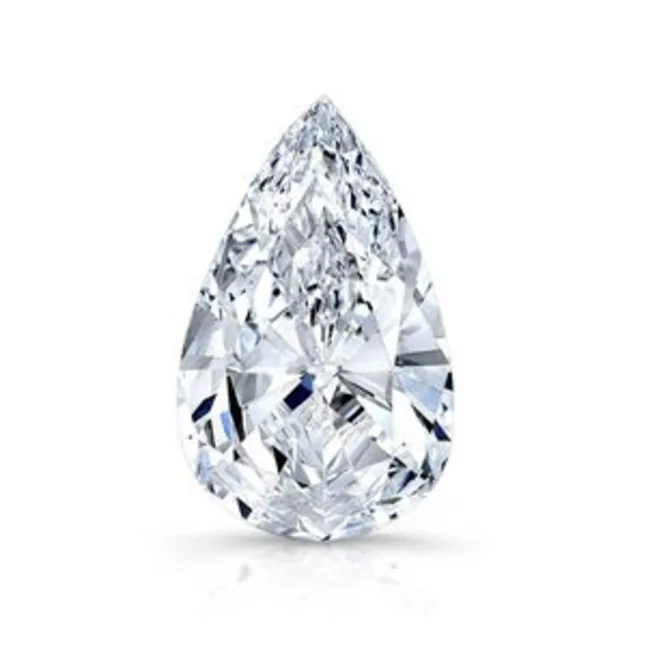Tips and Tricks
What You Need to Know About Pear Cut Diamonds | Rare Carat
Summary
- Pear diamonds measured by length (point to rounded end) and width (widest point)
- Ideal length-to-width ratio averages 1.66:1 for balanced proportions
- All pear cuts show some bow tie effect - avoid overly dark/dramatic examples
- Millimeter measurements correlate to carat weight (chart provided)
- Gemologists available for sizing questions via chat
- Pears are also called teardrop diamonds. And you can wear them two ways, with the point facing in or out.
- Just like Radiant cut diamonds, they’re diamond hybrids, a mixture between round cuts and marquise cuts.
- Pear cut diamonds are less popular than many other shapes, and because of that, they are significantly cheaper.
- Now the cons: Pear cut diamonds will always have a subtle bow tie shadow. So your goal will be trying to find the less pronounced ones. I would suggest sticking with the ranges from 58% to 64% for depth.
- When it comes to color, I suggest you stay with a G color diamond or above. For clarity, you can go as low as VS2 - SI1 clarity diamonds as long as you’re being careful about where the inclusions are positioned.
Learn more about pear cut diamonds.
How do I know if the proportions of a pear-shaped diamond look right?
Pear-shaped diamonds are measured from the pointed end to the rounded end (length) and across the widest part (width). The article notes that a length-to-width ratio around 1.66:1 often delivers balanced, pleasing proportions. It also emphasizes symmetry—both “halves” of the stone should be mirror images of each other.
What is the “bow-tie effect” and how does it impact a pear-shaped diamond?
The bow-tie effect refers to a dark shadow that can appear across the center of elongated fancy-cut diamonds (like pear shapes) when facets don’t reflect light evenly. The article clearly states that “all pears show some bow-tie”, but your goal is to minimize how dark or distracting it is. So when viewing a pear-shaped diamond, tilt it under good light and check that the dark area is subtle, not broad or opaque.
How should I think about color and clarity when shopping for a pear-shaped diamond?
Because the shape tends to display color and inclusions more easily (particularly near the point and the edges), the article suggests aiming for at least a G-color if you want minimal visible tint. For clarity, while some inclusions may go hidden in brilliant-cut stones, with a pear shape you’ll still want to be sure the key areas (point, table, shoulders) are clean and free of eye-sensitive inclusions.
Are there special settings or wear considerations with a pear-shaped diamond?
Yes—because a pear shape has one pointed end, the setting must protect that tip, as it’s vulnerable to chipping. The article recommends checking the thickness around the girdle at the point and using a protective prong or V-prong at the tip. Also, since the shape is asymmetrical and elongated, wearers should check how it sits on the finger and if the “length” of the stone flatters their hand.
Not sure where to start? Read our guarantee


Pear Cut Diamond FAQs